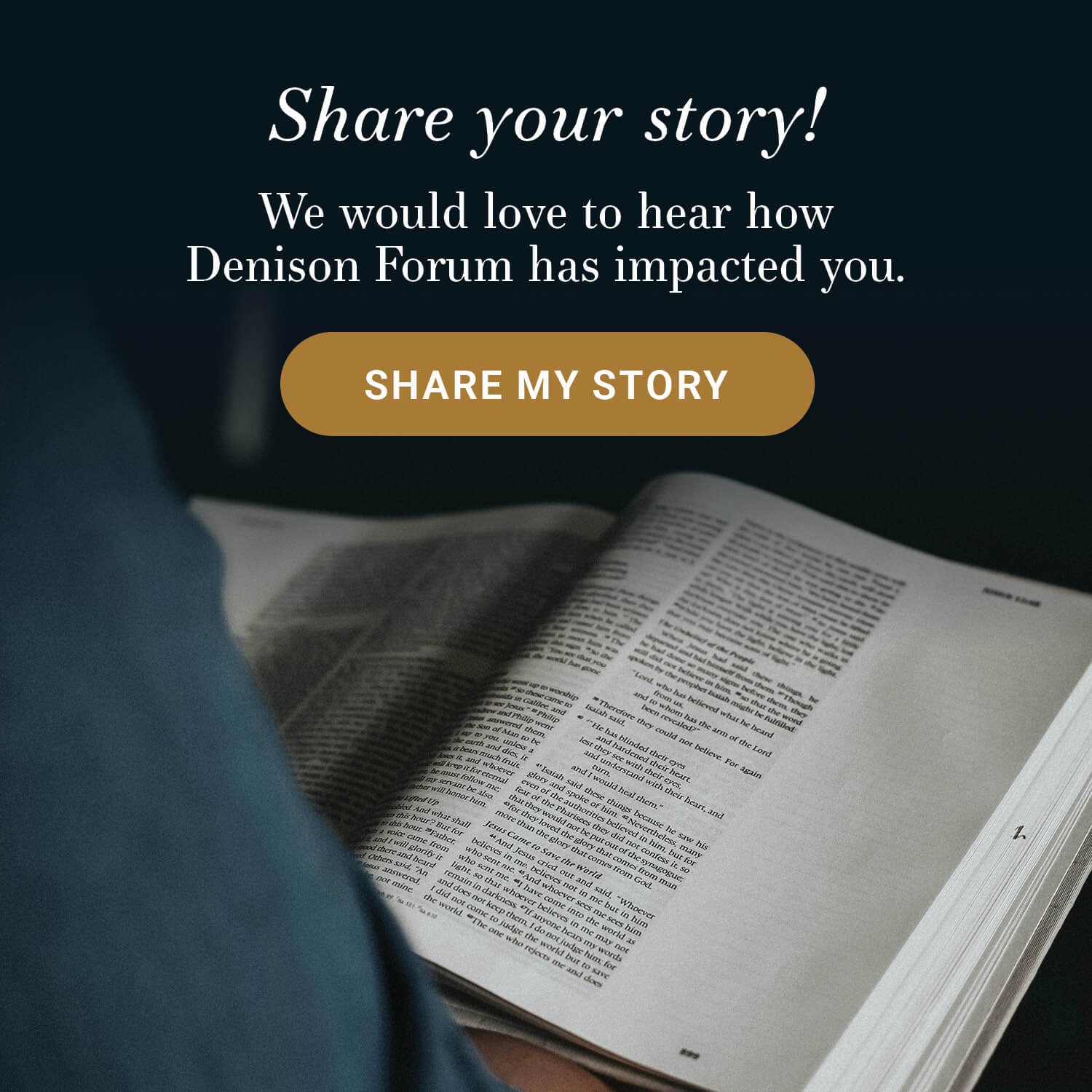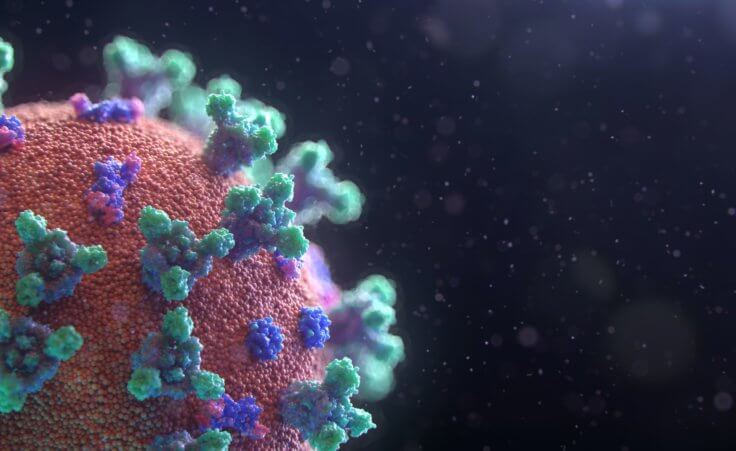
A lab technician wearing blue gloves holds a vial of some chemical substance in front of an open laptop. © Parilov/stock.adobe.com Authorities discovered an unlicensed lab in Fresno County, California, where the CDC found at least twenty potentially infectious agents.
As COVID-19 cases have been rising in recent weeks, experts continue to debate the origin of the pandemic. But there’s no debating the origin of this frightening story: authorities have been investigating an unlicensed lab in Fresno County, California, where the CDC found at least twenty potentially infectious agents, including coronavirus, HIV, hepatitis, and herpes.
Making the story even more disturbing: the biotech company reportedly has ties to China. Officials would not have known about the lab but for a code enforcement officer who was driving down the street and noticed a garden hose protruding from a building where it should not have been. So we are left to wonder if similar labs are in operation around the country.
To place this threat in context: a combined biological and cyber attack could be the weapon of choice in the next world war. This according to Richard A. Muller, professor of physics emeritus at the University of California, Berkeley, whose article in the Wall Street Journal is alarmingly titled “World War III Will Be Fought With Viruses.” In it he explains how a nation could weaponize and covertly release a deadly virus, then release covert cyberattacks on hospitals and other infrastructure to maximize the damage of the spreading disease.
Dr. Muller published his article on July 6, three weeks before we learned that China has hidden malicious computer code inside networks controlling America’s power grids, communication systems, and water supplies. Then comes news of an unlicensed biotech lab with infectious agents and reported ties to China.
“A math problem that doesn’t add up”
Given the dangers posed by the rise of Chinese aggression, the threat of Russian nuclear weapons in Ukraine, the growing risk of cyberattacks, and the possibility of another pandemic or terror attack, it is unsurprising that counselors say we are “living through one of the most stressful periods in American history.” In fact, a poll conducted by the American Psychiatric Association showed that 70 percent of US adults feel anxious or extremely anxious about keeping themselves or their families safe today.
In such anxious times, why are so many Americans opting out of church?
Jake Meador, editor in chief of the online magazine Mere Orthodoxy, reports in the Atlantic: “Participation in a religious community generally correlates with better health outcomes and longer life, higher financial generosity, and more stable families—all of which are desperately needed in a nation with rising rates of loneliness, mental illness, and alcohol and drug dependency.”
And yet, he notes, forty million Americans have stopped attending church in the last twenty-five years, representing the largest concentrated change in church attendance in American history. Part of the reason is tragic: clergy abuse scandals have driven many victims away from the church.
But Meador, citing research in The Great Dechurching by pastor Jim Davis and writer Michael Graham, observes: “The defining problem driving out most people who leave is just how American life works in the twenty-first century. Contemporary America simply isn’t set up to promote mutuality, care, or common life. Rather, it is designed to maximize individual accomplishment as defined by professional and financial success.”
As a result, Meador writes: “Such a system leaves precious little time or energy for forms of community that don’t contribute to one’s own professional life or, as one ages, the professional prospects of one’s children. Workism reigns in America, and because of it, community in America, religious community included, is a math problem that doesn’t add up.”
“Glad and generous hearts”
The first Christians modeled the kind of community Americans desperately need: “Day by day, attending the temple together and breaking bread in their homes, they received their food with glad and generous hearts, praising God and having favor with all the people. And the Lord added to their number day by day those who were being saved” (Acts 2:46–47).
I have witnessed similar community in Cuba, where church members depend on each other for food, medicine, and other basic necessities and for support and solidarity in their daily lives. I saw the same in East Malaysia, where I served one summer as a missionary, and in other locales I have visited in the Muslim world.
Here’s what these churches, ancient and contemporary, had in common: they knew they needed each other. Facing a Roman Empire bent on exterminating their movement, a Communist government antagonistic to their faith, or religious authorities seeking to oppress their beliefs and people, they knew that they could depend only on their Lord and each other.
Given the materialistic success of American society, as Jake Meador notes, many of us don’t believe we need what Christian community offers. We are not willing to make the investment of time and passion such community requires.
And so we feel isolated and lonely, because we are.
“The invisible made visible”
Let me be blunt: Western culture, with its insistence on individual status and achievement, is lying to you. Its roots lie in ancient Greek philosophy, not biblical revelation. In the words of the atheist Jean-Paul Sartre, one of existentialism’s most famous proponents: “Things are entirely what they appear to be—and behind them . . . there is nothing.” (We should not be surprised that the novel in which these words appear is titled Nausea.)
The biblical truth is, you were not created to do life on your own. You were designed to need an intimate daily relationship with your Designer and the community he designed for you. Chuck Colson was right: “The life function of [the local church] is to love the God who created it—to care for others out of obedience to Christ, to heal those who hurt, to take away fear, to restore community, to belong to one another, to proclaim the Good News while living it out. The church is the invisible made visible.”
G. K. Chesterton noted: “We do not want a church that will move with the world. We want a church that will move the world.”
Which “church” will you join today?













